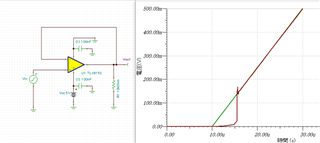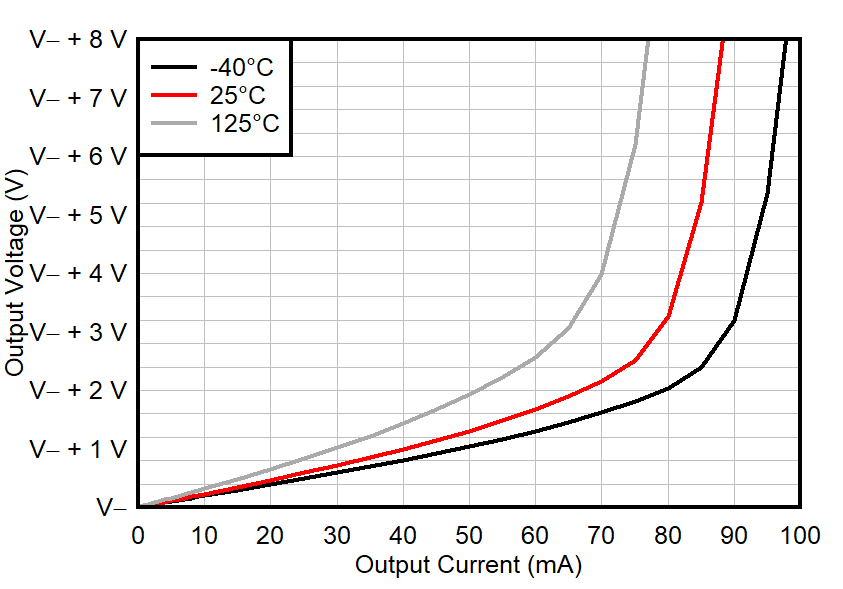Other Parts Discussed in Thread: LM7705
Hi team,
I have a question about the limit for the ouput.
When I simulate TLV9152 with below schematic and rise the input from 0V to 5V, the output won't follow the input when the input is low. I guess this is due to the volatge output swing from the rail, right?


My customer wants to know the value of this with the condition of Vs=5V, RL=5kΩ~6kΩ. What will be max or typ. value for this?
Regards,
Ohashi






